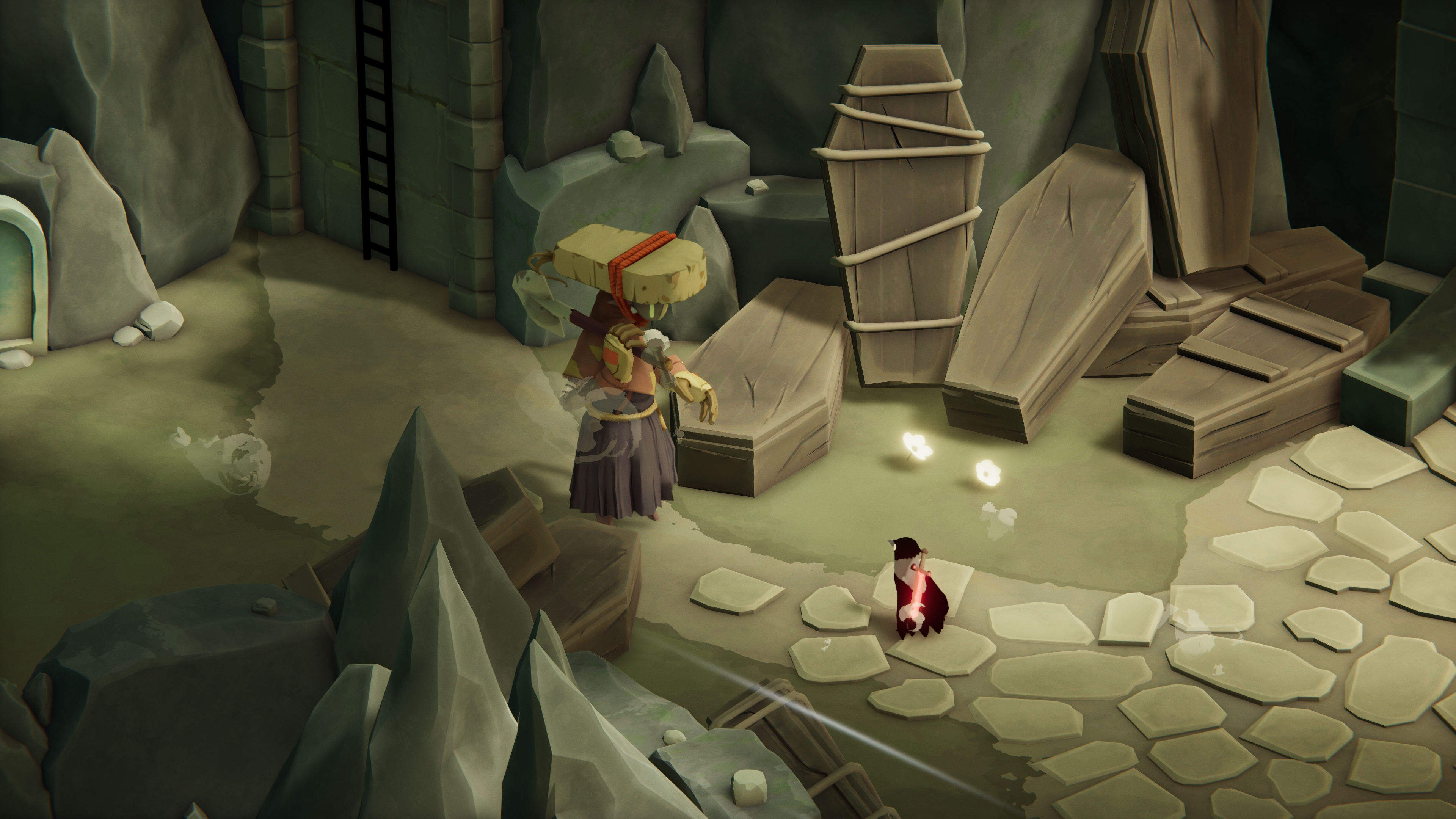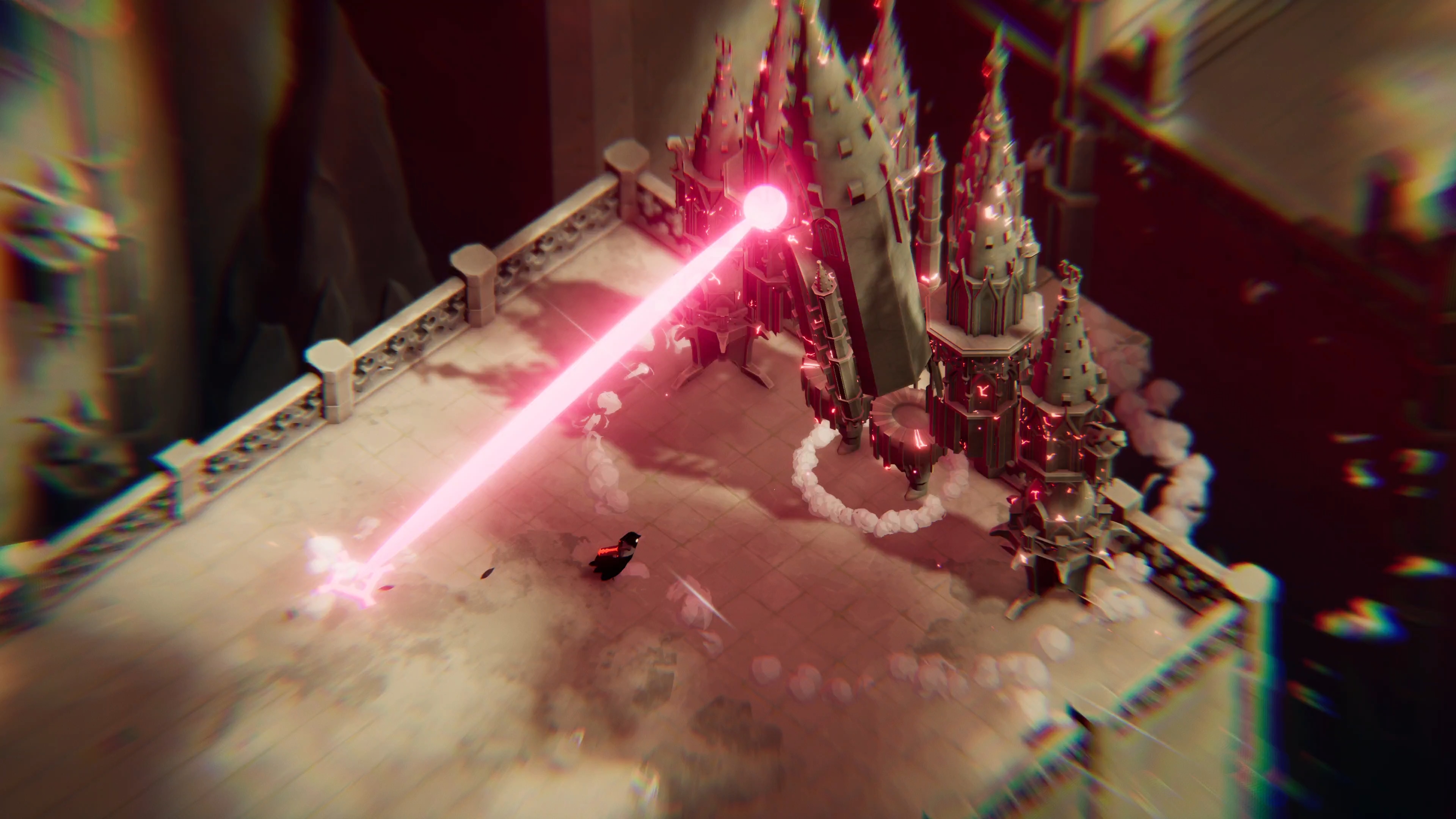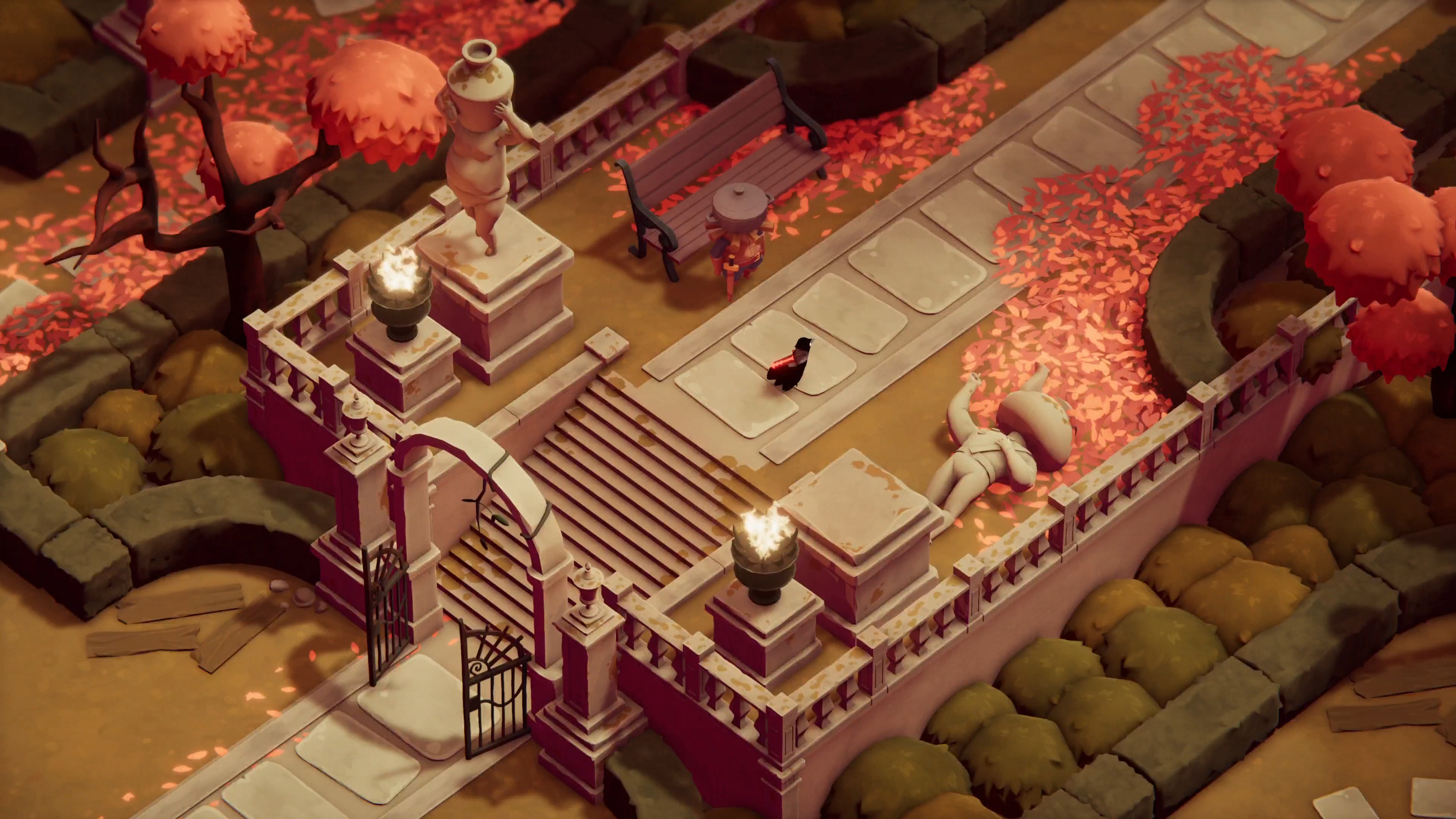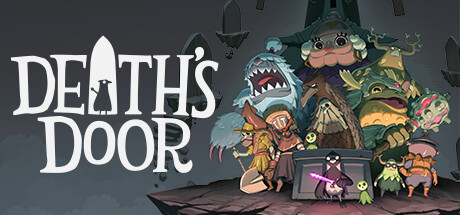This isn’t a full article in any sense, but I’m annoyed, and so I write. This is going to be a brief list of specific games with business models that I hate and/or think are incredibly stupid. In order to be on this list the game had to be at least somewhat released, and do something uniquely and impressively shitty. Blind boxes, overpriced microtransactions, and “Surprise Mechanics” are all very well and good, but the games in this article all looked at those mechanics and went, “We can do worse!”
Axie Infinity
Ah yes. Axie Infinity, otherwise known “Pokemon But On The Blockchain And Worse.” It costs something like $150 (Oops, like $30 now, cuz Crypto) per Axie, and you need 3 just to play, which makes Axie Infinity cost about $90 $450. And fuck the blockchain.

Princess and Conquest
Princess and Conquest is a Pornographic Action RPG with Political Simulation elements. I have a writeup on it. While you can just buy the game for like $12, that doesn’t actually get you all the stuff in the game. If you want all the characters, you have to be subscribed to the creator’s Patreon at the $20 a month tier so that when the limited character distributions are done, you can send over you save files to be modified. Also, a good half their updates are also behind a paywall?

Star Citizen
The true master of NFTs before NFTs existed, Star Citizen has been in development for just about 10 years now! Chris Roberts promised a space MMO with 110 explorable solar systems, hundreds of ships and players, and fidelity unlike anything ever seen. With over $500,000,000 raised over that time period, they’ve delivered a buggy tech demo built in Cryengine with one solar system that doesn’t support more than 30 players in a server. That hasn’t stopped them from selling ships for hundreds of dollars, not all of which are actually in the game, and having a pledge reward tier list that goes up to the $25,000 mark.

Yu-Gi-Oh: Master Duel
Yu-Gi-Oh Duel Links had a model for digital TCGs that I actually rather liked. While the prices per nonexistent cards were fairly high, there was a box system where each “Box” of cards had a specific set of cards in it, and after you pulled a given card, it was removed from the box until you chose to reset it. This meant that if you were really after a specific card, you were guaranteed to get it if chose to buy out the whole box. Then, after getting that card, you could reset the box and start again if you so wished. It still cost too much god damn money, but I actually bought a fair amount of boosters for this game when they went on sale, and it was better than most digital TCGs that guarantee you a great big fat fucking nothing.
So it was almost impressive to me how badly Master Duel, a different video game for the exact same card game, choose to do their model.

Instead of having individual boxes that are released in small sets, every single box pulls from the same set of over 6000 or so cards, with higher rates for the “Featured” cards for that box. In addition, if you pull a card of the two highest rarities that correspond to a secret pack, you unlock the ability to buy cards from that secret pack.
But only for 24 hours. And again, only half the cards you get from those secret packs are actually the featured cards, so you might not get shit. I have other problems with Master Duel, like the fact that the general power level for Yu-Gi-Oh makes the speed of MTG’s Vintage format look like a casual draft cube. But the fact that someone looked at limited time gacha draws, and TCGs and went “How can I combine these and make it worse?” earns Konami a big “Fuck You Motherfucker” and Master Duel the 4th slot on this list.












